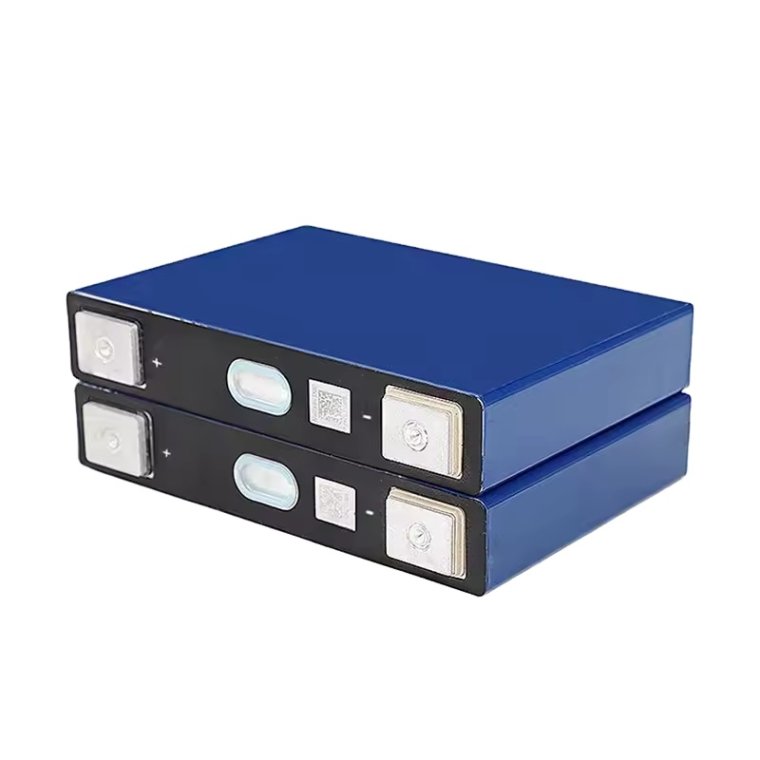
In today's fast-paced world, non-perishable food items have gained immense popularity due to their long shelf life and convenience. However, there seems to be a misconception surrounding pasta, with many believing it to be a non-perishable food. In this article, we will delve into the truth behind this notion and explore the factors that determine the perishability of pasta.
- Understanding Perishability:
To comprehend whether pasta is perishable or not, it is crucial to understand the concept of perishability itself. Perishability refers to the susceptibility of a food item to spoilage, degradation, or loss of quality over time. While some foods can last for extended periods without deteriorating, others are more prone to spoilage. - The Shelf Life of Pasta:
Contrary to popular belief, pasta is not a non-perishable food. Although it has a relatively long shelf life compared to many other perishable foods, it does have an expiration date. The shelf life of pasta depends on various factors, including the type of pasta, storage conditions, and packaging. - Factors Affecting Pasta's Perishability:
a. Moisture Content: Pasta is made from durum wheat semolina and water, which means it contains moisture. Moisture is a critical factor in determining the perishability of food items, as it can lead to the growth of bacteria, mold, and other microorganisms. Therefore, proper storage is essential to prevent moisture absorption and subsequent spoilage of pasta.
b. Packaging: The packaging of pasta plays a vital role in preserving its quality and extending its shelf life. Sealed packaging, such as airtight containers or vacuum-sealed bags, helps to protect pasta from moisture, air, and pests, thereby reducing the risk of spoilage.
c. Storage Conditions: The storage conditions significantly impact the perishability of pasta. Ideally, pasta should be stored in a cool, dry place away from direct sunlight and heat sources. Exposure to heat and light can accelerate the degradation process, leading to a shorter shelf life.
- Signs of Pasta Spoilage:
It is essential to be able to identify signs of pasta spoilage to ensure food safety. Some common indicators of spoiled pasta include a rancid or off odor, discoloration, the presence of mold, or an unusual texture. If any of these signs are observed, it is advisable to discard the pasta to avoid the risk of foodborne illnesses.
Conclusion:
In conclusion, pasta is not a non-perishable food item, but it does have a longer shelf life compared to many other perishable foods. Understanding the factors that affect pasta's perishability, such as moisture content, packaging, and storage conditions, is crucial for maintaining its quality and safety. By debunking the myth of pasta as a non-perishable food, we can make informed decisions about its storage and consumption, ensuring a delightful culinary experience every time.



